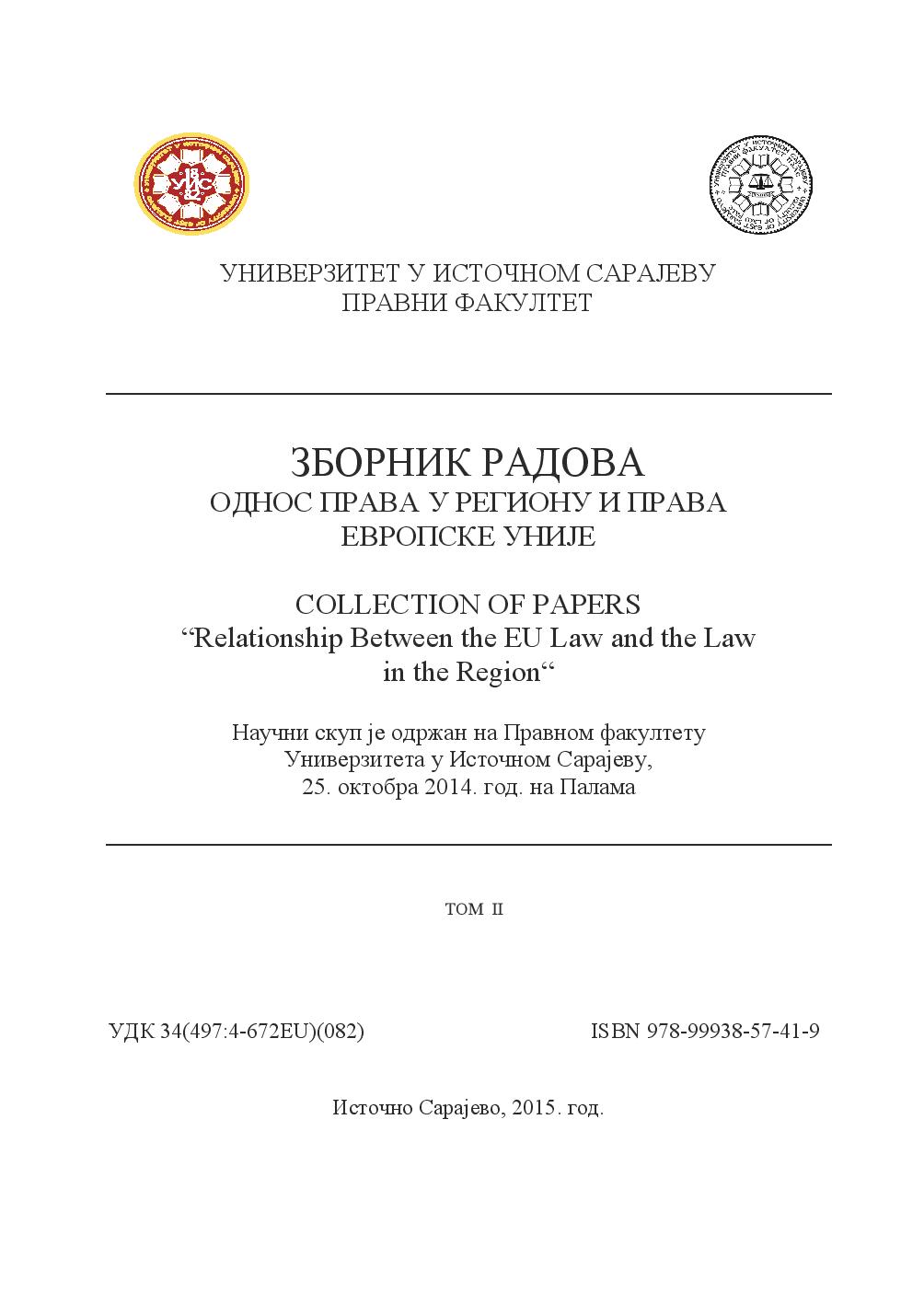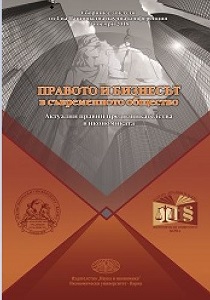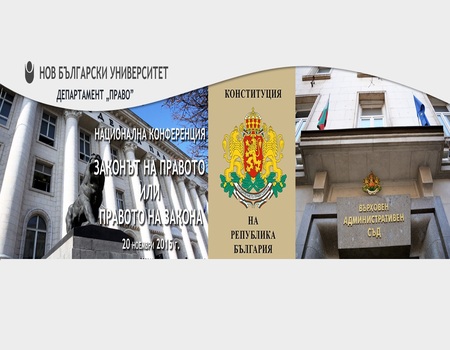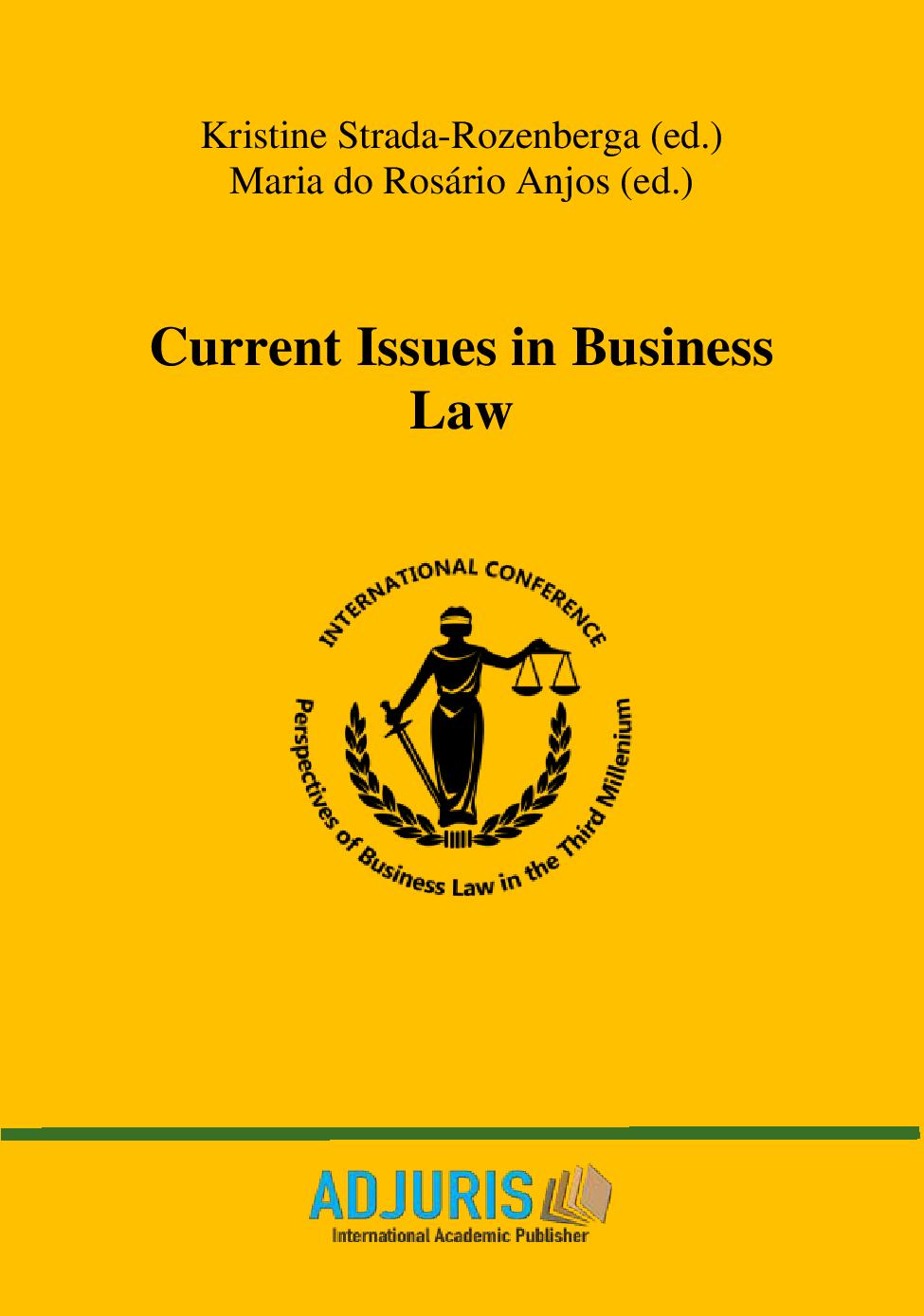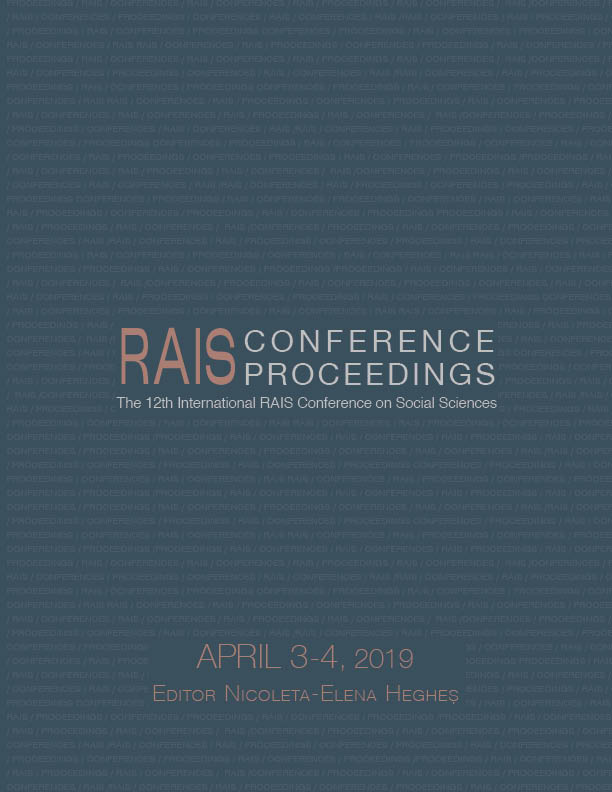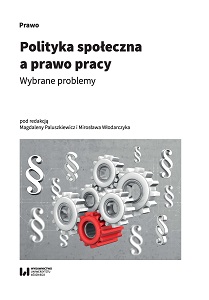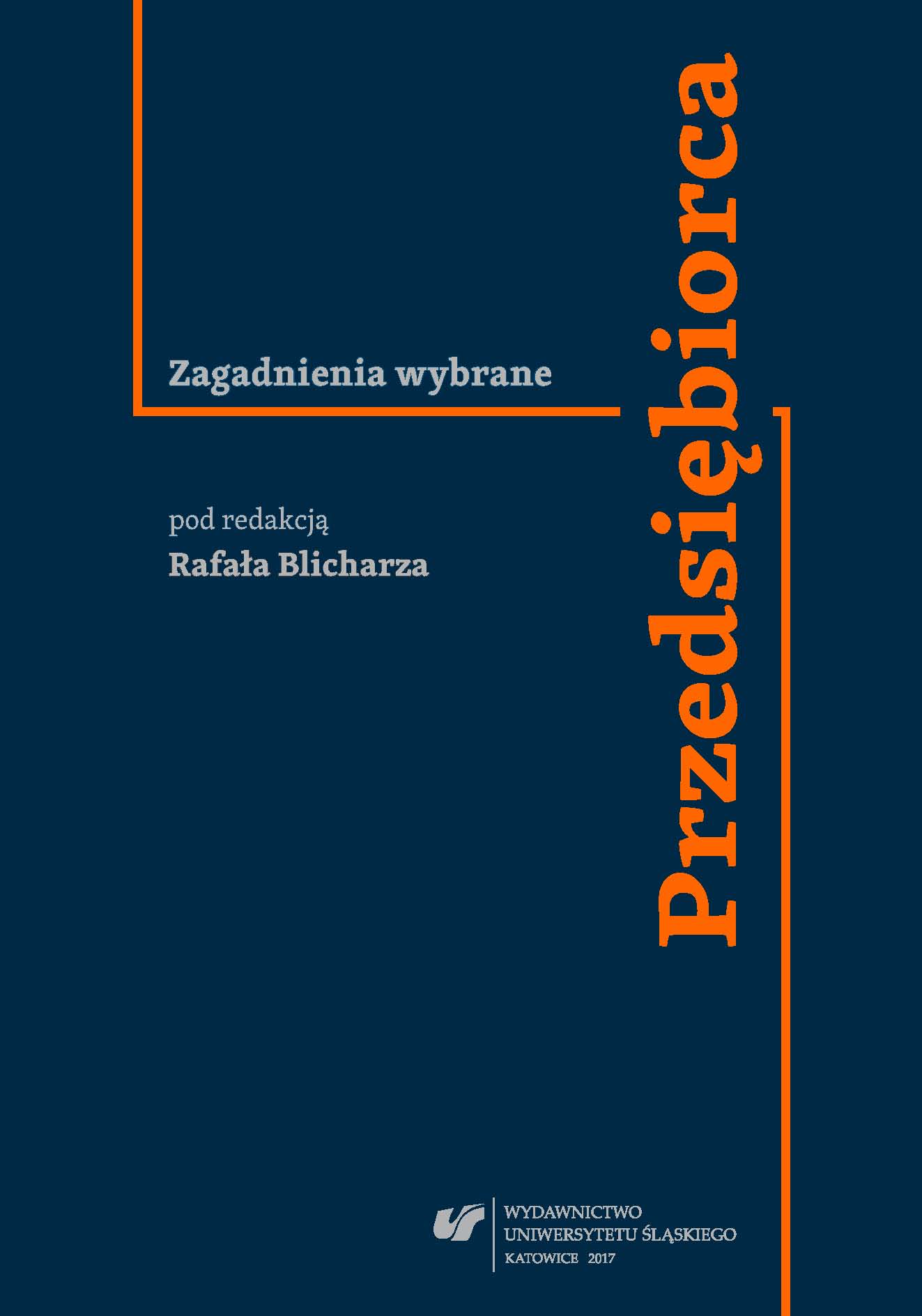
Podstawowe pojęcia. Wprowadzenie
The article contains main definitions and regulations concerning running a business in Poland. The opening part is focused on various definitions of business activity and highlights different aspects for the meaning of this term. There are at least a few legal acts defining business activity in Poland; however, two of the most important are the systematical regulations for public and private law. Due to business activity regulations, there also exist a few definitions of enterprise in Poland. The wide spectrum of the meaning of the term enterprise gives allowance to define many persons as an entrepreneur. In Poland, a few forms of enterprises can be used in business activity. The author has described the most common (excluding charity) forms of business activity: individual and corporate. The last part of the article has been dedicated to general principles of running businesses in Poland.
More...
